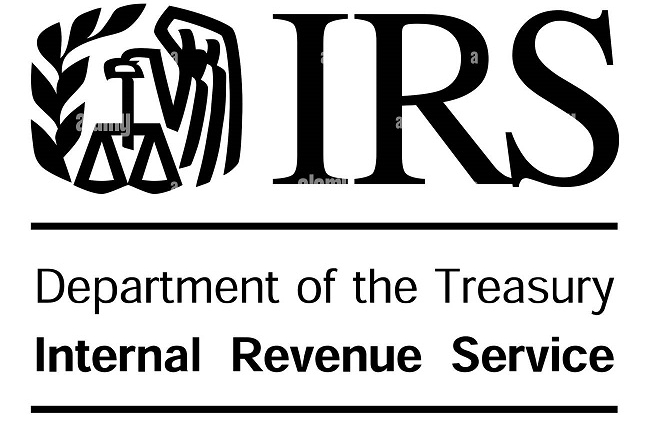 Print Friendly Version
Print Friendly Version
Brokerage Windows–A Matter of Prudence
“Several of my plan sponsor clients are considering adding a brokerage window to their plans’ investment line ups. Is that a good idea?”
ERISA consultants at the Retirement Learning Center (RLC) Resource Desk regularly receive calls from financial advisors on a broad array of technical topics related to IRAs, qualified retirement plans and other types of retirement savings and income plans, including nonqualified plans, stock options, and Social Security and Medicare. We bring Case of the Week to you to highlight the most relevant topics affecting your business. A recent call with an advisor in Georgia is representative of a common inquiry related to 401(k) plan investments.
Highlights of Discussion
Adding a brokerage window to a plan’s investment menu is not a question of good or bad, but of prudence and loyalty under ERISA’s best interest standards. As clearly stated in Q&A 39 of Field Assistance Bulletin 2012-02R, plan sponsors that utilize brokerage windows that enable participants and beneficiaries to select investments outside of their plans’ designated investment alternatives (DIAs) have a statutory and ongoing fiduciary duty to evaluate whether such options are prudent investment alternatives for their plans under ERISA Sec. 404(a).
Further, with respect to participant disclosures related to brokerage windows, a plan sponsor must provide a(n)
- General description of the brokerage window (or like arrangement) sufficient enough to enable participants and beneficiaries to understand how the window works;
- Explanation of any fees and expenses that may be charged against the individual account of a participant or beneficiary on an individual, rather than plan-wide, basis in connection with the window; and
- Statement of the particular service and dollar amount of fees and expenses that actually were charged during the preceding quarter against the participants’ accounts in connection with the window.
While the DOL, clearly, does not prohibit the use of brokerage windows within self-directed plans, neither has it given much regulatory guidance on the matter. The ERISA Advisory Council confirmed the lack of solid guidance in a December 2021 study, “Understanding Brokerage Windows in Self-Directed Retirement Plans.” However, most Council members did not believe that additional guidance in this area was needed. “In this regard, the Council observed that the marketplace seemed to be functioning well.” The Council did recommend the DOL consider further fact finding related to brokerage-window-only (BWO) plans (i.e., plans that have no DIAs and brokerage accounts are the sole investment option) out of a concern “… that those types of plans may not incorporate the spirit of ERISA’s intent and protections for financially inexperienced employees and may need the Department’s attention …”
With respect to brokerage windows, the question for plan officials is whether such an arrangement, as a whole, is a prudent option for a plan and its participants (not each of the investment alternatives within the window). That said, it seems the DOL may begin peeking inside the window a bit further. In Compliance Assistance Release No. 2022-01, the DOL commented to the effect that if plan participants can access investments the agency deems “risky” through a brokerage window, “… plan fiduciaries responsible for … allowing such investments through brokerage windows should expect to be questioned about how they can square their actions with their duties of prudence and loyalty in light of the risks …”
Conclusion
The DOL will hold plan fiduciaries and other officials to the ERISA standards of prudence and loyalty with respect to offering brokerage windows within self-directed plans. Such individuals and their advisors should be prepared to offer documentation in defense of their decisions and actions.









